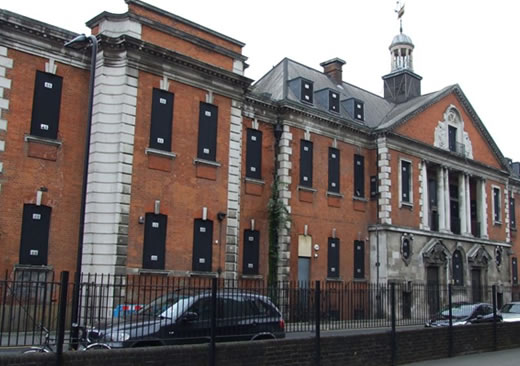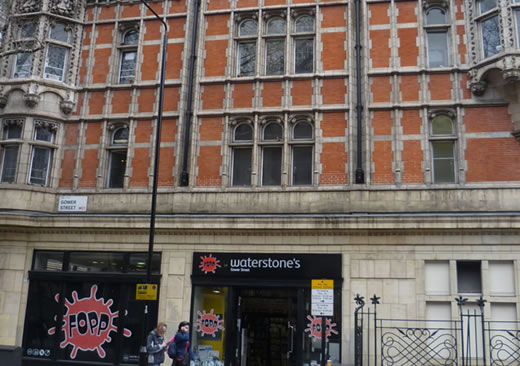The annual October appearance of Historic England’s list of “Buildings at Risk” conveys a sense that the threats to England’s heritage are known, under control and in some sense, managed.
The threat even seems to be reducing: 387 buildings at risk were removed from the list this year, and only 328 added. Historic England says it has also met its target to reduce the number of sites on the 2015 Register by 15% (746 sites) in 2017 a year ahead of schedule. Cue a pat on the corporate back?
Sadly, the reality is rather different.
First, HE only counts Grade 1 and 2* buildings outside London. The vast bulk of historic buildings at risk are merely Grade 2, and HE doesn’t count them, outside the capital.
Secondly, HE’s definition of “risk” is very limited. Crucially, it doesn’t include buildings which are about to become disused. Its definition – and targets – imply that it waits until the risk arises, and then tries to manage it.
HE and HLF don’t give grants for maintenance or even mothballing – only for repairs. HLF is even prohibited from acting pro-actively: it can only act in response to applications received from neatly-packaged “projects” which (as the decay and expense of repair rises) become ever-more demanding in terms of the “outcomes” required.
Our Forecast for 2018
So here is Maintain’s list of buildings at risk in 2018. Not all are historic buildings, but many of them are well-loved and important in their context. Some will find new uses; many will not.
- high-street shops, particularly independent businesses
- high street banks
- pubs
- all local authority-owned buildings, notably public libraries, local museums, sports centres and swimming pools
- Catholic Churches
- non-conformist chapels
- Anglican churches
Will any of them be eligible for a grant to ensure they are maintained or mothballed, to stave off the inexorable processes of decay, as the Netherlands offer? No.
Will many of them feature, immediately, on Historic England’s list of Buildings at Risk? No.



